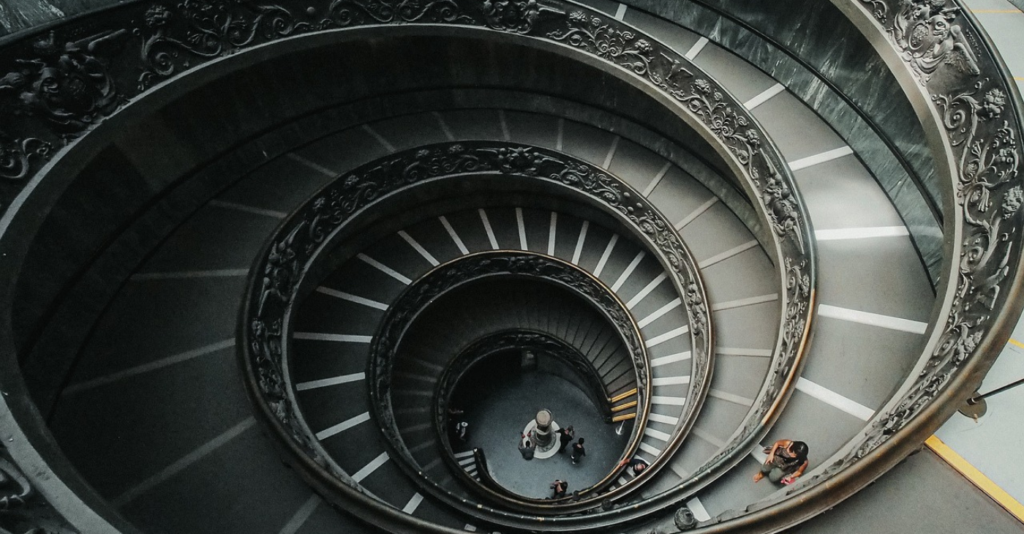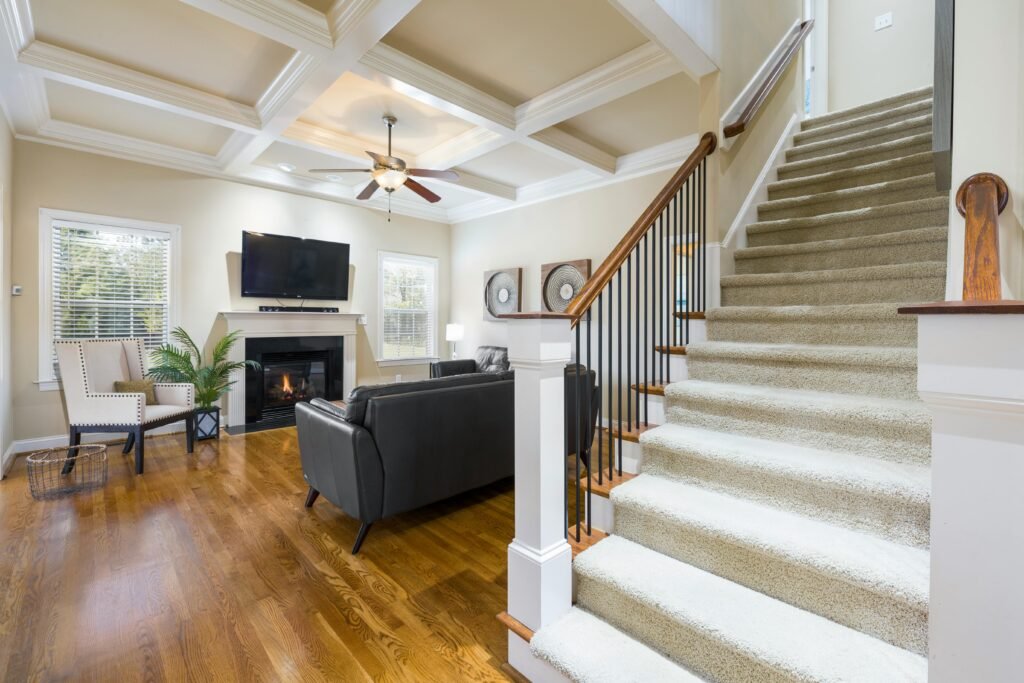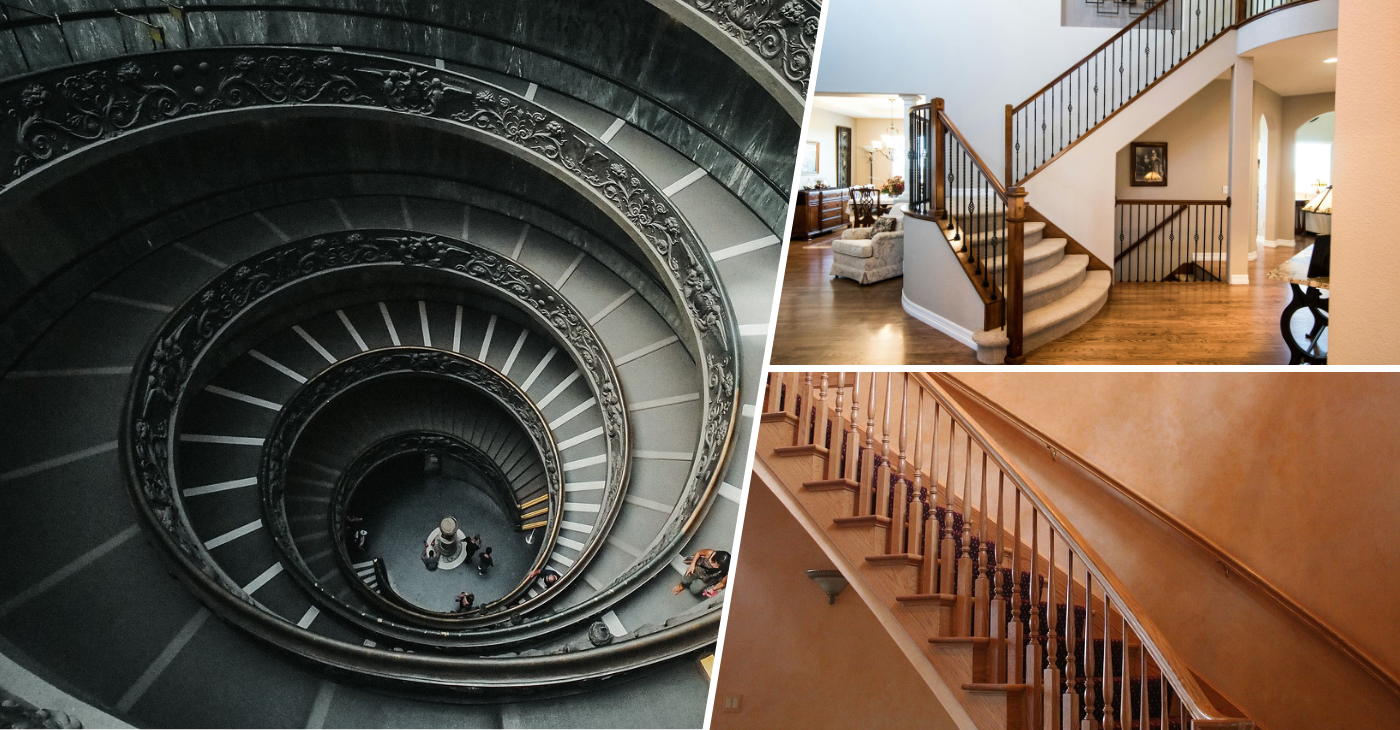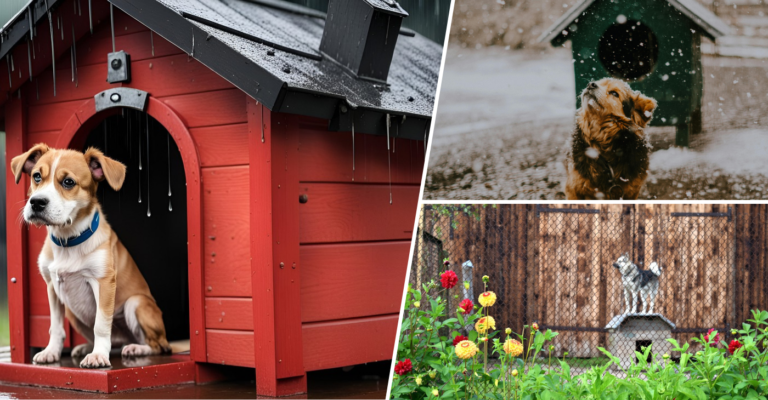What is a flight of stairs? Essential insights for homeowners
What is a flight of stairs?” is a question often asked by homeowners planning renovations. A flight of stairs is more than just a means of moving between different levels of a home; it’s an essential architectural feature that impacts both the functionality and aesthetics of your living space. For homeowners, understanding what constitutes a flight of stairs, the key design considerations, and the safety regulations involved is crucial, particularly when planning a renovation or new construction project. Whether you’re looking to add a staircase, remodel an existing one, or simply want to grasp the intricacies of stair design, this guide offers essential insights tailored for homeowners. We’ll delve into the fundamentals of stair construction, explore current design trends, and provide practical advice on ensuring your stairs are both safe and stylish.
What is a flight of stairs and their components
Understanding “what is a flight of stairs” is essential for anyone involved in home construction or design like a flight of stairs is defined as a continuous series of steps between two floors or landings, without any interruptions such as a platform or landing. It’s composed of several key components:
Risers – The vertical part of the step between each tread. Risers can be open or closed, affecting the style and visibility through the staircase.
Treads – The horizontal part of the step where you place your foot. The depth of the tread plays a crucial role in ensuring comfort and safety while ascending or descending.
Stringers – The structural support on either side of the staircase that holds the treads and risers in place. Stringers can be visible or hidden, depending on the design.
Nosing – The edge of the tread that projects beyond the riser beneath it. Nosing adds to the safety and aesthetics of the stairs, often providing a visual cue for each step.
Design considerations for flight of stairs
Designing a flight of stairs requires careful consideration of several factors to ensure both functionality and aesthetic appeal. But first, what is a flight of stairs? Understanding this concept is crucial as it informs the key design aspects, such as:
- Space constraints: The available space significantly influences the type of staircase you can install. For example, a straight staircase requires more linear space, while a spiral staircase can fit into tighter areas but may not be as easy to navigate.
- Rise and run: The rise refers to the height of each step, and the run is the depth of the tread. Properly calculating the rise and run is essential for creating a comfortable and safe staircase. Typically, a higher rise means a steeper staircase, which can be more challenging to navigate.
- Aesthetic preferences: The design of the stairs should complement the overall style of your home. Whether you prefer a traditional wooden staircase or a modern glass and metal design, the materials and finishes chosen will contribute to the visual harmony of the space.
- Flow and accessibility: The staircase should facilitate easy movement between floors while considering the needs of all occupants, including children, elderly individuals, and those with mobility challenges.

Modern trends in staircase design
Staircase design is constantly evolving, with new trends emerging that blend functionality with cutting-edge aesthetics. As the question “what is a flight of stairs” often arises when discussing staircases and their impact on home design. Some popular trends include:
- Floating stairs: These stairs appear to “float” without visible support, creating an open, airy feel. They’re often supported by hidden steel beams and are ideal for modern, minimalist homes.
- Open risers: Open risers eliminate the vertical portion of the step, allowing light to pass through and creating a more open look. However, they may not be suitable for homes with small children due to safety concerns.
- Minimalist railings: Sleek, simple railings made from materials like glass or metal are increasingly popular, emphasizing clean lines and unobstructed views.
- Integrated storage: Staircases that double as storage solutions, with built-in drawers or cabinets under the treads, are practical for maximizing space in small homes.
These trends can significantly impact the overall design of your home, adding both style and value. However, it’s essential to balance aesthetics with practicality and safety, ensuring that your staircase meets the needs of all household members.
Types of flight of stairs designs
There are different types of stair designs, including straight stairs, L-shaped, U-shaped, spiral, and curved stairs. Each design influences the concept of a flight, determining the flow of movement and the visual impact within a space. When planning a remodel, understanding “what is a flight of stairs” can influence your design choices.
Straight stairs
Straight stairs are the most traditional and straightforward type of staircase, featuring a simple, linear layout that runs directly from one level to another without any changes in direction. This design makes them easy to construct and cost-effective, ideal for homes with narrow floor plans. While they require a long, uninterrupted space, their straightforward nature makes them accessible and easy to navigate, especially for individuals with mobility challenges. However, their simplicity can sometimes lack the visual interest found in more complex staircase designs, making them a practical but potentially less aesthetically dynamic choice.
L-shaped stairs
L-shaped stairs, also known as quarter-turn stairs, introduce a 90-degree turn at some point along the staircase, usually with a landing at the bend. This change in direction adds visual interest and helps the staircase fit into corners or along walls, optimizing space utilization. The landing also provides a resting point, enhancing safety, particularly in homes with multiple levels. While L-shaped stairs are more complex to design and build than straight stairs, they offer a balance of functionality and aesthetic appeal, making them a popular choice for many homeowners.
U-shaped stairs
U-shaped stairs, or half-turn stairs, consist of two parallel flights of stairs connected by a 180-degree turn, usually with a landing in between. This design is more compact than straight or L-shaped stairs, making it ideal for homes with limited space or awkward layouts. The symmetry of U-shaped stairs is visually pleasing, offering a sense of balance in the architectural design. However, the complexity of the design and the 180-degree turn can make these stairs more challenging to navigate and more expensive to construct.
Spiral stairs
Spiral stairs are a compact, visually striking staircase design characterized by a central column around which the steps spiral. This circular layout makes them highly space-efficient, ideal for small spaces or as secondary staircases. The spiral design adds a touch of elegance and serves as a focal point in a home. However, spiral stairs can be difficult to navigate, particularly for those with mobility issues, and may pose safety concerns due to the tight curve and small tread area. They are often used where space is limited and where a dramatic visual effect is desired.

Curved stairs
Curved stairs are an elegant and graceful design featuring a continuous curve that gently ascends from one floor to another. Unlike spiral stairs, curved stairs follow a sweeping, often elliptical path without a central column. This design adds a sense of grandeur and luxury to a home, often serving as a stunning focal point in entryways or grand halls. While curved stairs are highly aesthetic and add significant value to a home, they require considerable space, are expensive to design and build, and typically require professional installation due to their custom nature.
Building codes and safety standards
Knowing “what is a flight of stairs” helps in understanding building codes and safety regulations. When designing or constructing a flight of stairs, adhering to local building codes and safety standards is paramount. These regulations ensure that your stairs are safe to use and meet specific criteria for dimensions and construction. Key safety standards include:
- Building codes typically specify a maximum riser height to ensure stairs are not too steep. The height must be consistent throughout the flight to prevent tripping hazards.
- The depth of the tread must be sufficient to accommodate the entire foot, reducing the risk of slips and falls. Building codes often require a minimum tread depth for safety.
- Handrails are essential for providing support while using the stairs. Codes usually mandate the installation of handrails on at least one side of the staircase, with specific guidelines on height and grip.
- Adequate headroom must be provided above the stairs to prevent injuries. Building codes define the minimum height required between the steps and any overhead obstruction.
Common mistakes homeowners make include overlooking these codes, which can lead to safety issues and costly modifications later on. It’s advisable to consult with a professional to ensure compliance with all relevant regulations.
Materials and finishes
What is a flight of stairs? The choice of materials and finishes for your flight of stairs greatly influences its durability, maintenance requirements, and visual appeal. Common materials include:
- Wood: A popular choice for its warmth and versatility, wood can be used in traditional and modern designs. Different types of wood, such as oak, maple, or cherry, offer various grains and colors, allowing for customization. Outdoor wooden stairs are also a popular option, providing a natural, rustic appeal that complements exterior landscapes and adds character to outdoor space.
- Metal: Metal stairs, often made from steel or aluminum, are strong and durable, ideal for industrial or contemporary designs. Metal can be combined with other materials, like wood or glass, for a unique look.
- Glass: Glass stairs are a striking option for modern homes, offering a sleek, transparent appearance that enhances light flow. However, they require careful consideration for safety and maintenance.
- Concrete: Concrete is a robust and low-maintenance option, often used in exterior or industrial-style interiors. It can be left exposed for a raw, minimalist look or covered with other materials.
- Carpet: Carpet can be added to treads for comfort and noise reduction, but it also requires more maintenance compared to hard surfaces.
Selecting the right finish, such as staining, painting, or sealing, will protect the material and enhance its appearance. The choice of finish should complement the overall design of your home while ensuring the stairs are durable and easy to maintain.

Safety features and enhancements
Ensuring the safety of your flight of stairs is crucial, especially when considering “What is a flight of stairs” in homes with children, elderly residents, or individuals with mobility challenges. Key safety features include:
- Applying non-slip coatings or adding anti-slip strips to treads can prevent slips and falls, particularly in areas prone to moisture, like entryways or basements.
- Adequate lighting is essential to illuminate each step clearly. Consider adding LED strip lights under each tread or installing wall sconces along the staircase to ensure visibility.
- Installing sturdy handrails on both sides of the staircase, if possible, provides additional support and stability. Ensure handrails are securely fastened and at the correct height.
- For homes with young children or pets, installing stair gates at the top and bottom of the stairs can prevent accidental falls.
- Regularly inspect your staircase for signs of wear, such as loose treads, squeaky steps, or wobbling handrails. Addressing these issues promptly can prevent accidents and prolong the life of your stairs.
Cost considerations
The cost of building or renovating a flight of stairs can vary widely depending on several factors, including materials, labor, and design complexity. Here’s what to consider:
- Materials: High-end materials like exotic hardwoods, glass, or custom metalwork will increase costs, while more common materials like pine or standard metal components are more budget-friendly.
- Labor: The complexity of the staircase design directly impacts labor costs. Custom designs or intricate details, such as curved stairs or elaborate railings, require skilled craftsmanship and more time, driving up costs.
- Permits and Inspections: Depending on your location, you may need to obtain building permits and undergo inspections to ensure your stairs meet local codes, adding to the overall cost.
- Budgeting Tips: To manage costs, consider where to splurge and where to save. For example, you might opt for a more economical material for the treads but invest in a custom handrail that enhances the overall design.
- DIY vs. Professional Installation: Attempting to build or renovate a staircase yourself can save money, but it’s crucial to understand the complexities involved. Mistakes can lead to safety issues and costly repairs, so weigh the risks before deciding.
Summary
Understanding “what is a flight of stairs” is essential for any homeowner planning renovations or new construction. A flight of stairs is more than just a functional element; it’s a key architectural feature that impacts both the aesthetics and functionality of your home. By knowing the components, such as risers, treads, and stringers, and considering design aspects like materials, finishes, and modern trends, you can create a staircase that enhances your living space. Whether you opt for floating stairs, spiral stairs, or curved stairs, making informed decisions will ensure your staircase is both stylish and safe, adding value and beauty to your home.







